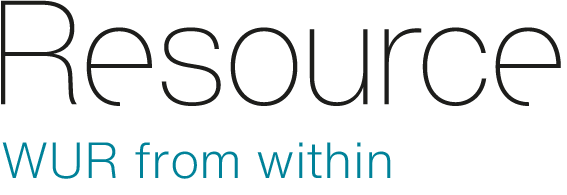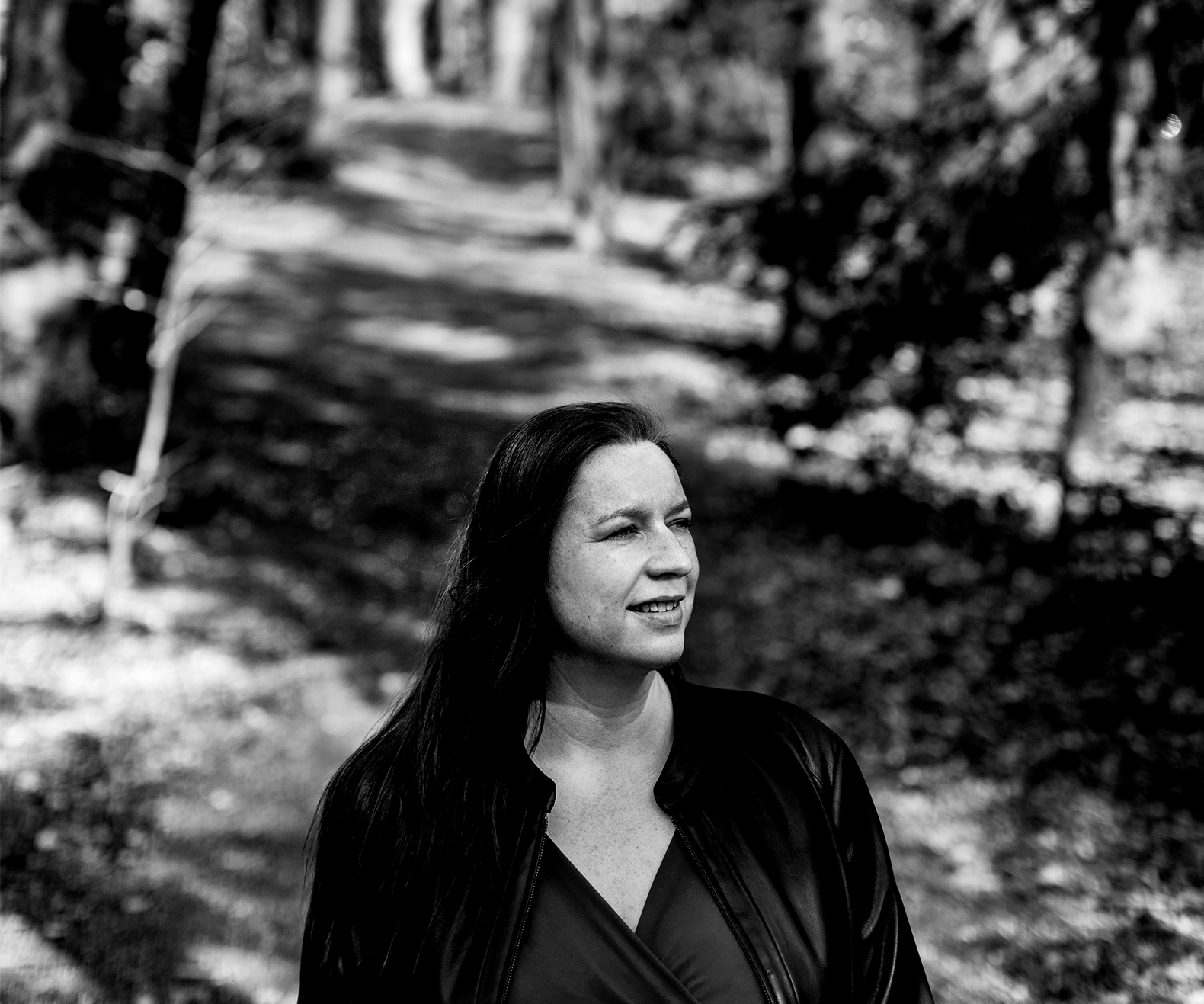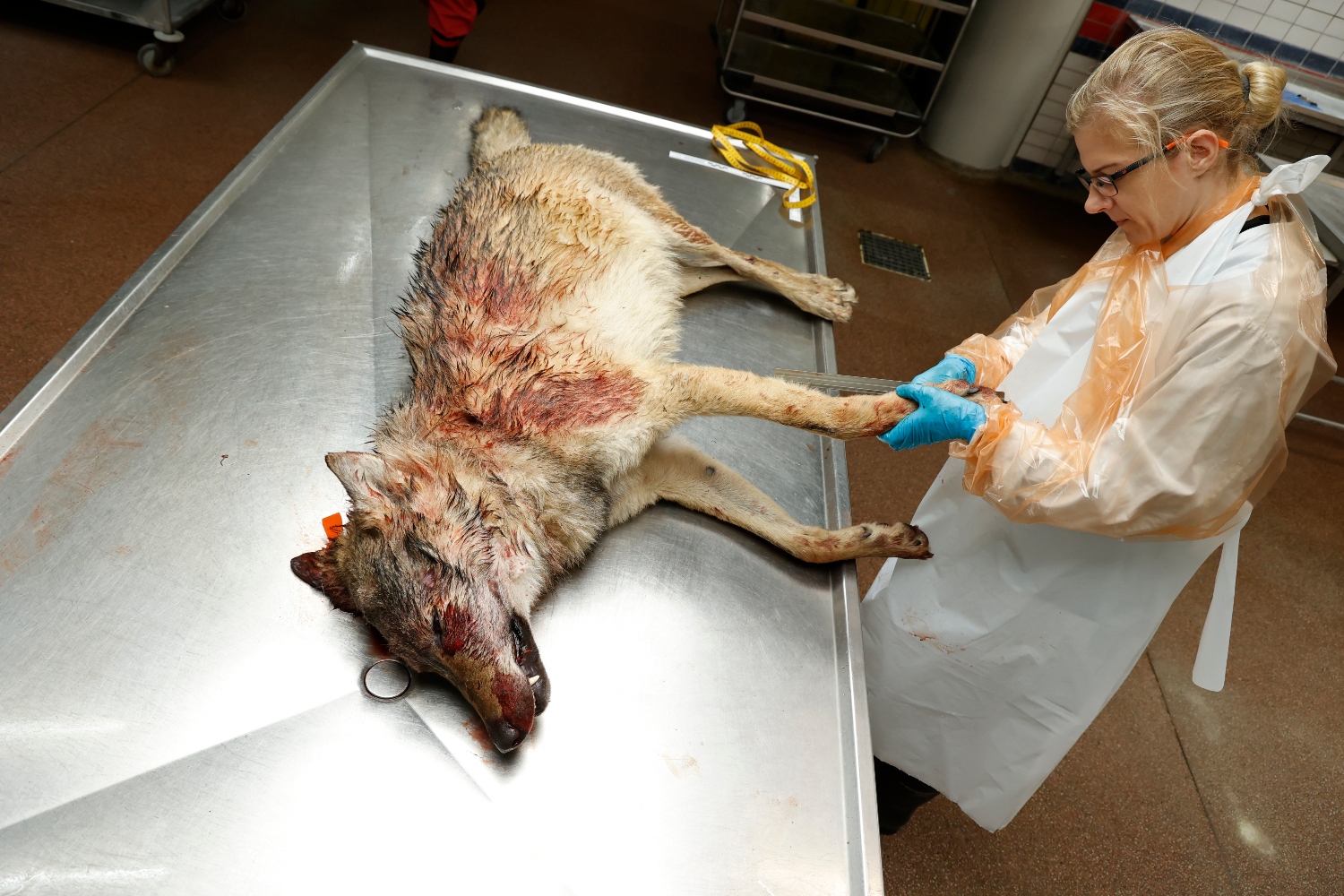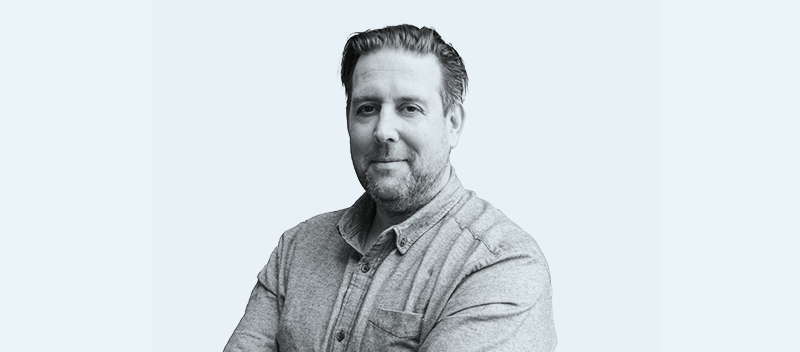Even though animal ethics expert Bernice Bovenkerk still has to publish her book – aimed at the general public – on her Vidi project, she has already secured a follow-up Vici grant from the Dutch
Research Council. She will again be delving into a complex but appealing topic: how technology can help make human-animal relations more equal.
For centuries, humans ruling over animals was the dominant picture in the relationship between humans and animals. But as scientists revealed more and more about the intelligence and feelings of animals, that approach became harder to justify. This has led to lots of new questions and dilemmas about what is permissible and what is not in the way we treat animals. All of which is the field of study of animal ethics specialist Bernice Bovenkerk, associate professor in the Philosophy chair group. Her previous major research project, for which she got a Vidi grant, was about the agency of animals — their ability to act on their own behalf. In practice, Bovenkerk explains, agency is often defined as the extent to which an animal has choices and control over its own life, although animal ethicists have a somewhat stricter definition.
Not everyone is willing to accept wolves killing sheep. But these same people don’t see a problem in the fact that humans kill sheep’
‘The crucial thing for us is that it’s a relational concept: your environment can increase your agency or restrict it.’
It’s not just humans who need to be able to exercise agency; that is equally important for animals. Bovenkerk: ‘Animal scientists are now agreed that animals are not driven by instinct nearly as much as we assumed in the past. It turns out animals have their own views on their life, and individual preferences about what to do with their life.’
In the Vidi project, Bovenkerk and her team studied the agency of various categories of animals, such as wild animals. ‘Wild predators in particular have quite a lot of scope for exercising their agency. But then you immediately get into what is called the predator problem: what about the agency of their prey?’ she says. That dilemma is relevant not just to African savannahs but also to Dutch gardens. Think of the agency of pet cats versus that of the birds they catch in excessively large numbers. ‘You see the same dilemma in the polarization around the wolf. Not everyone is willing to accept wolves killing sheep. Some would rather the wolf’s agency was restricted, for example by giving them a more sharply defined area in which to roam. But these same people don’t see a problem in the fact that humans kill sheep, tens of thousands of them per month.’
Stray dogs versus pet dogs
Another part of the Vidi project is the research that PhD candidate Yulia Kisora did in Georgia on the agency of stray dogs. Her study gives you a different perspective on the comparison between stray dogs and pet dogs. What is worth more in a dog’s life: the comfort of a ‘home’ or the greater freedom of choice in a life on the streets? She will soon be releasing a film about this.
Closer to home, postdoc Koen Kramer looked at whether farm technology restricts the agency of dairy cows or facilitates it. He found both effects. Manure and milking robots, cow toilets and electric cow brushes give dairy cows more scope for exercising their agency than they would otherwise have. For example, the milking robot lets the cow decide for itself when it wants to be milked.
At present, technology mainly benefits humans
At the same time, the technological barn gadgets can be quite controlling: the cows are expected to keep to certain ‘scripts’. Things such as freedom of choice in their partners or submerging themselves in ditch water when it is hot are not options.
Bovenkerk’s next big research project is also about technology in the context of human-animal relations — but this time high-tech and on a bigger scale. The Dutch Research Council (NWO) recently gave her a Vici grant worth 1.5 million euros. ‘I don’t see agency as meaning an animal should always be able to do exactly what it wants,’ says Bovenkerk. ‘But it shouldn’t be the case either that animals always come off worse when they live alongside humans. It’s a question of give and take, of negotiating almost. Then you are taking agency seriously. At present, technology mainly benefits humans, for example in the optimization of livestock farming. I want to investigate the other side: how can digital technology mainly benefit animals and under what conditions, and how can technology make a positive contribution to human-animal relations?’
Language of whales
Whether technology truly improves the relationship between humans and animals remains to be seen, notes Bovenkerk. ‘It depends on how humans deal with the technology in practice. But technology has a lot of potential in principle. Artificial intelligence, for example, could be used for developing inter-species translation systems. An understanding of what animals are saying — if they even want to talk to us — could have a big impact on the picture people have of animals.’ The intention is to have a research project on the language of whales as part of Bovenkerk’s Vici programme. ‘If we can figure that out, hopefully people are more likely to see the whales for what they are: individuals with their own personalities and desires, that live in groups with their own cultures and languages. Modern technology will make it clear to people that there is much more to animals than they thought’.
Book for the general public
Bovenkerk will conclude her Vidi project with a book presenting the topic of animal agency to a wide readership, with contributions from guest authors. For example, the animal language researchers Leonie Cornips and Marjo van Koppen, both from the Meertens Institute, will discuss how cows and cats point. The Utrecht animal ethics expert Monique Janssens will look at whether animals can give informed consent to animal tests. The landscape architect Thijs de Zeeuw will discuss how the design of zoo enclosures can boost agency, and the philosopher Eva Meijer – who recently published a book on her adopted lab mice – will consider toads’ migration. The plan is for the book to be published in the autumn.

 Photo Duncan de Fey
Photo Duncan de Fey 

